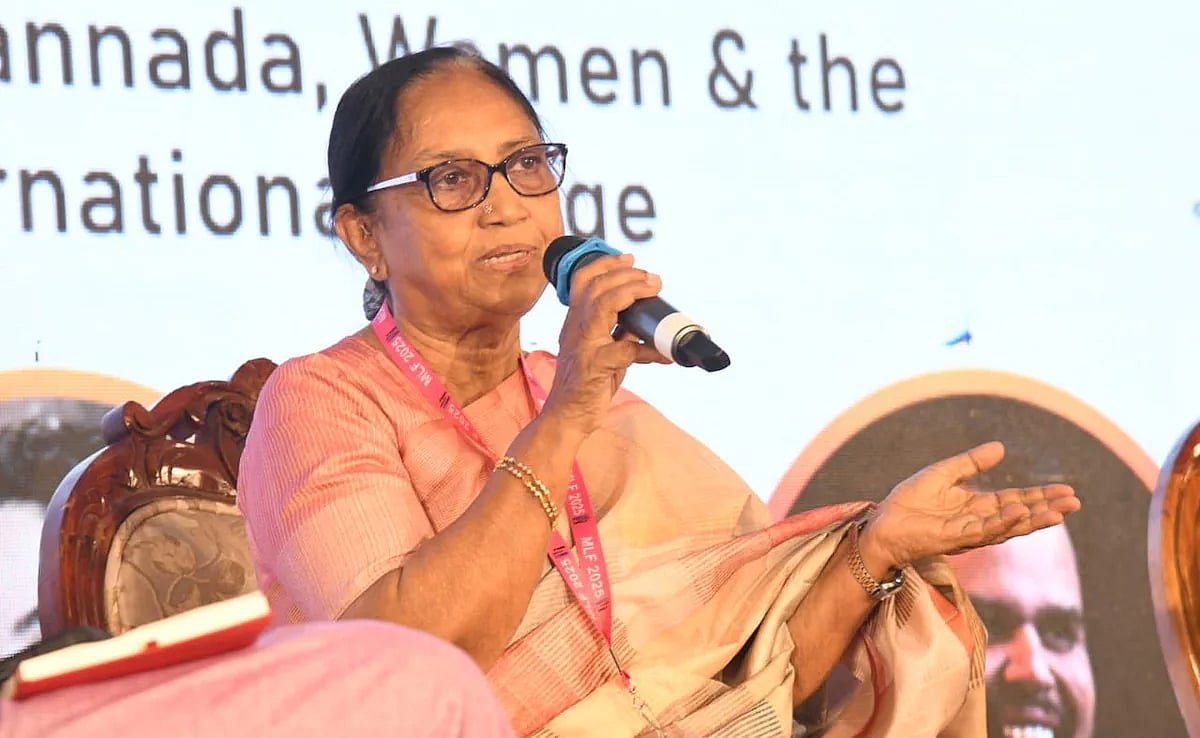Slow and steady, or fast but unpredictable? Unlike the story of the hare and the tortoise, there is no simple answer to this question when we were talking about financial investments. Those investors that are averse to risk prefer the slow but safe route, while those comfortable with taking risks seek fast growth opportunities despite their volatility. Typically, younger investors who are starting their investment journey should invest a higher proportion of their portfolio in growth assets like stocks, since they have a long career ahead and have few dependents thus enabling them to take higher risk. Similarly older investors should invest a higher proportion of their portfolio in safe predictable fixed income assets like FDs and bonds, since they have lower risk-taking capacity. However at every stage of life, it is recommended that you invest some portion of your wealth in stocks and some in fixed income like bonds, so that your portfolio is diversified and you can enjoy the benefits of both.
Within fixed income there are multiple avenues available to investors. They can invest in FDs, Debt Mutual Funds, Government savings schemes or bonds. FDs and Debt Mutual Funds give 7-8% returns. Government saving schemes such as PPF and Senior Citizen savings give tax-free returns upwards of 7%, but come with lock-in periods of upto 15 years. Bonds of investment-grade corporates give 8-14% returns and are liquid, but require opening a demat account.
The bond market is very large at 250 lakh crore, and completely regulated by SEBI, but till a few years back, it was accessible only to institutional investors like banks, mutual funds, insurance companies and large corporates. However, SEBI has brought about many changes that has ignited retail participation in the bond market. Investors need to register with an online bond broking platform and can start with investments as low as Rs 100. The leading platform is Bondbazaar which is highly trusted since it is run by bond experts with decades of experience in the market, providing the widest selection of with over 15,000 bonds, and its cutting edge technology allows users to buy and sell bonds at the click of a button through its integration with NSE and BSE.
While selecting which bonds to consider, investors should check for returns, maturity and rating. Investment grade bonds give returns of 8-14%, but those giving higher returns will typically have higher risk which is reflected in their credit rating. This rating is provided by SEBI accredited agencies, ranging from AAA (highest safety) to D (default). The combination of risk, return and maturity is what the investor needs to select. Here are a few bonds that were traded last week:

Source: bondbazaar.com

Source: bondbazaar.com |
Overall investors should maintain a diversified portfolio of assets, and explore bonds to generate higher returns in their fixed income portfolio. Investors should start with low-risk highly rated bonds before they venture into higher yielding bonds. They should use SEBI-registered platforms to invest their money.










